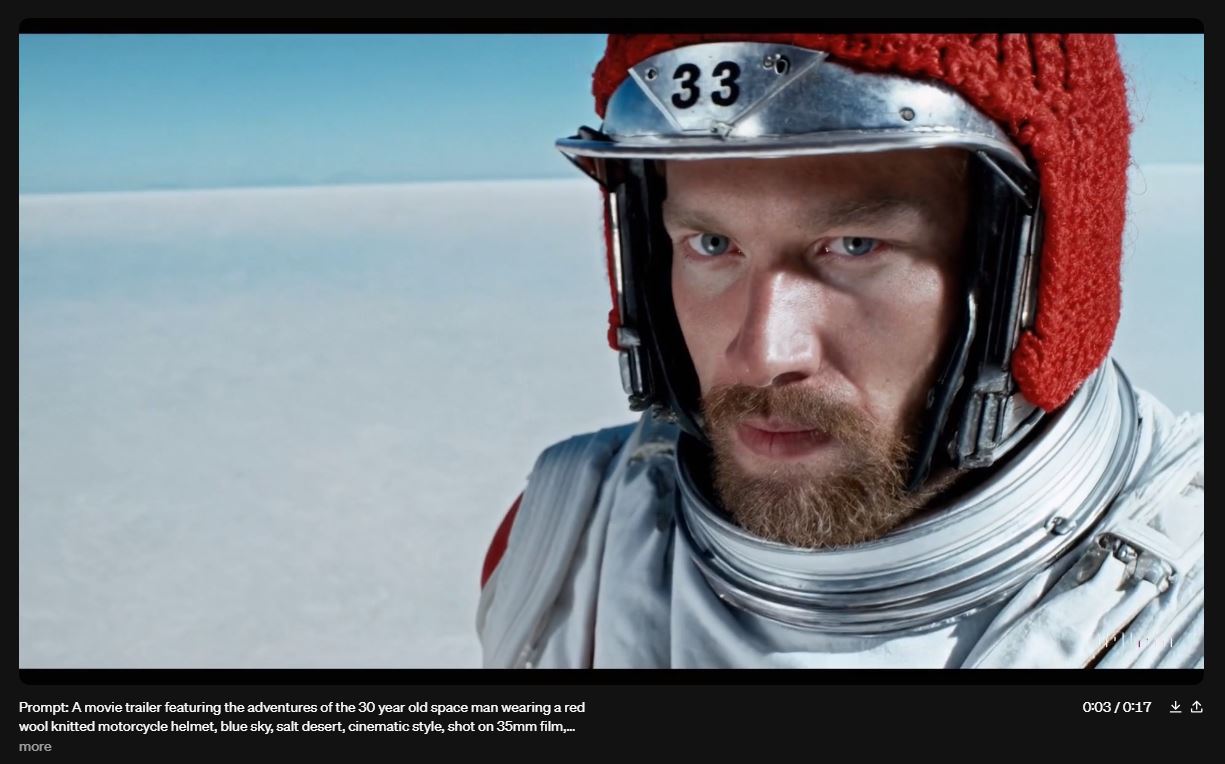Imagine being able to create realistic and imaginative videos from just a few words of text. That is the promise of Sora, a new artificial intelligence model developed by OpenAI, a research laboratory that aims to create and promote beneficial artificial intelligence.
Sora is a text-to-video diffusion model that can generate videos up to a minute long while maintaining visual quality and adherence to the user’s prompt.
Some of you may instantly thought of this lovely lady from the Digimon franchise:

Sora Takenouchi. Also us when we saw the AI model’s results. Image taken from: Wikipedia
To say we were surprised is still an understatement.
Now, let’s answer some hot questions on this topic.
How Sora Works
Sora uses a technique called diffusion, which gradually transforms random noise into coherent images based on the text input. Diffusion models are a type of generative models that learn to reverse a diffusion process that gradually adds noise to an image until it becomes unrecognizable. By reversing this process, the model can reconstruct the original image from the noisy one. Sora extends this idea to video generation by applying diffusion to each frame of a video sequence.
To generate a video from text, Sora first encodes the text input into a latent vector using a transformer model. This vector represents the semantic meaning and style of the text. Then, Sora samples a random noise video and passes it through a convolutional neural network that outputs a new video. This new video is slightly less noisy than the original one and closer to the target video. Sora repeats this process for several iterations until the final video is produced.
It can handle a variety of text inputs, such as descriptions, stories, scripts, or even keywords. The text input can also specify the style, mood, genre, or camera angle of the video. It can generate videos in different domains, such as natural scenes, animals, humans, cartoons, or abstract art (including the handsome, fashionable guy below!). It can also create videos that do not exist in reality, such as a wooly mammoth in a snowy meadow, or a papercraft coral reef.

Screenshot taken from: Sora Website
Why Sora Matters
Sora is a breakthrough in the field of computer vision and natural language processing, as it demonstrates the ability of AI to understand and simulate the physical world in motion. It can potentially enable new applications and experiences for creative professionals, educators, entertainers, and consumers.
For example, it can:
- help filmmakers, animators, and game developers to create realistic and diverse scenes and characters from text.
- help teachers and students to visualize concepts and scenarios from text.
- provide entertainment and inspiration for users who want to explore their imagination and creativity.
However, Sora also poses some challenges and risks, such as ethical, social, and legal implications.
For instance, it:
- can be used to create misleading or harmful content, such as fake news, deepfakes, or propaganda.
- can also raise questions about the ownership, authorship, and originality of the generated content.
- can also affect the value and meaning of human creativity and expression.
Therefore, OpenAI is taking a cautious and responsible approach to releasing Sora to the public. It is currently in a red-teaming phase, where it is being adversarially tested to make sure it does not produce harmful or inappropriate content. OpenAI is also granting access to a select group of visual artists, designers, and filmmakers to gain feedback on how to advance the model to be most helpful for creative professionals. OpenAI hopes to eventually make Sora available to everyone, but only after ensuring its safety and alignment with human values.
Related Posts
- AI Image Generators: Popular Tools, Benefits, and Challenges
- Adobe AI Firefly: The Future of Creative Generative AI
___________
What’s your opinion on this and other AI models?
We look forward to hearing from you in the comments below!
___________
Last updated: February 2024.
© cashmeere
